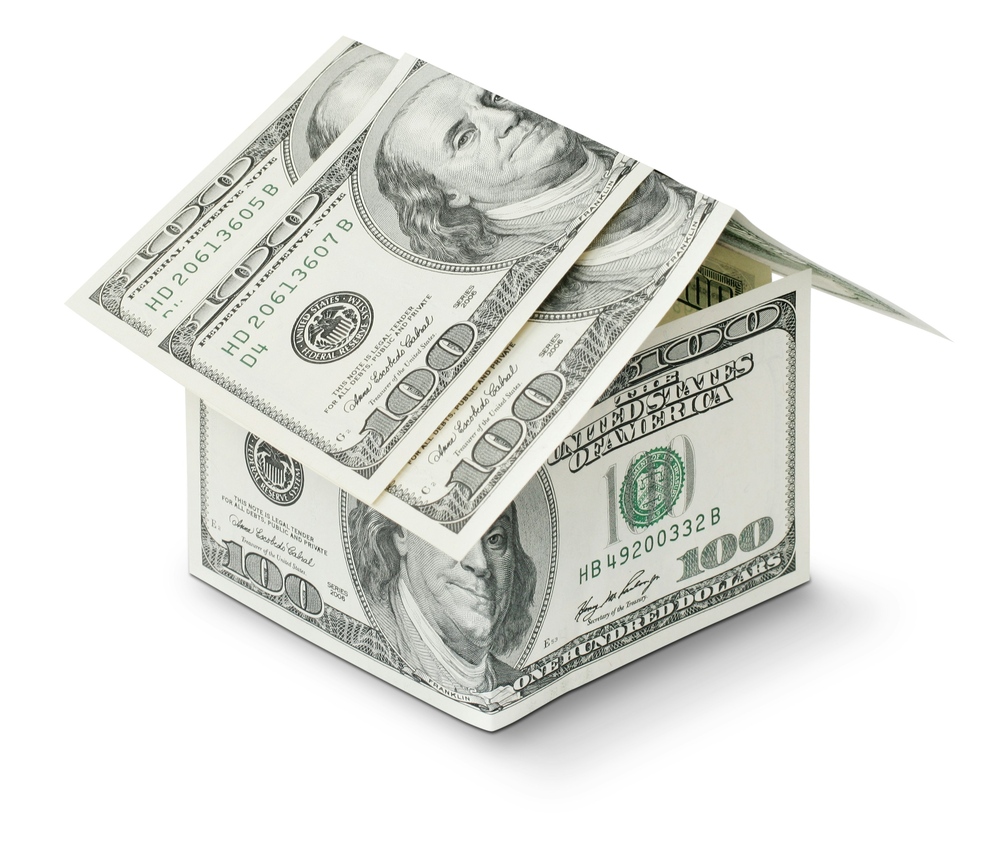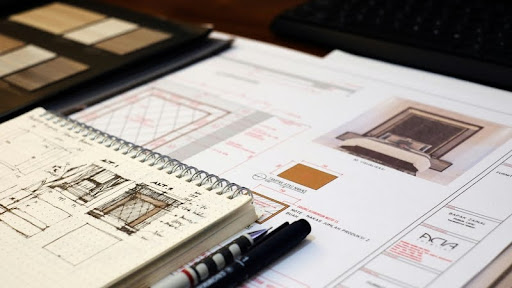
You found the perfect home. It has the cozy reading nook you always wanted, the big backyard for your dog, and just enough space to grow into. But hold up—before you start mentally arranging furniture, have you actually figured out if it fits your budget?
Because here’s the thing: shopping for a home without a solid budget is like going to the grocery store hungry and without a list. It’s risky and overwhelming, and you’ll probably end up with more than you can afford.
The good news? Setting a realistic home-buying budget isn’t as scary as it sounds. It just takes a bit of honesty, a few calculations, and some forward-thinking. This guide breaks it all down in plain English, so you can stop guessing and start planning smart.
What Does a Home Buying Budget Really Include?
Let’s clear something up right away: your budget isn’t just about the sticker price on a home. That’s only part of the story.
A real home buying budget includes:
- Down payment
- Closing costs (things like title insurance, appraisal fees, loan origination fees)
- Monthly mortgage payments
- Property taxes
- Homeowner’s Insurance
- Private mortgage insurance (PMI) if your down payment is under 20%
- HOA fees (if applicable)
- Maintenance and utilities
All these little extras? They add up fast. And if you’re not budgeting for them upfront, they can hit like a surprise party you didn’t want to attend.
Start with Your Monthly Income and Real Life Expenses
Budgeting backward actually works best here. Instead of home prices, begin with what you take home every month. That’s your net income, after taxes.
Now, take a look at your existing expenses: car payments, food, phone bill, insurance, gym, streaming services, weekend brunches, everything. Then ask yourself: what am I realistically willing to give up, and what needs to stay?
You shouldn’t have to sacrifice the life you enjoy just to own a home. A good budget keeps your current lifestyle in mind, with room for savings, emergencies, and a little fun too.
Take a Hard Look at Your Debt-to-Income Ratio (DTI)
This one’s important, not just for your own peace of mind, but because lenders care about it too.
Your DTI is the percentage of your monthly income that goes toward debt payments. That includes credit cards, car loans, student loans, and yes, your future mortgage.
A good DTI ratio is under 36%. Some lenders allow higher, but the lower it is, the more wiggle room you’ll have. Here’s how to calculate it:
DTI = (Total monthly debt payments / Monthly gross income) x 100
Let’s say you make $5,000/month and pay $1,500 toward various debts. That’s a 30% DTI—which is solid. If your number is higher, it might be time to pay down some debt before diving into a mortgage.
Don’t Forget the Upfront Costs
Saving up for a down payment? Awesome. But don’t stop there. A lot of first-time buyers get caught off guard by the other upfront expenses that sneak in before you even get the keys.
Here’s a quick hit list:
- Down payment: Usually 3% to 20% of the home’s price, depending on your loan
- Closing costs: Around 2% to 5% of the purchase price
- Moving expenses: Truck rental, packing supplies, or movers
- Home setup: Appliances, furniture, deposits for utilities, and that inevitable Target haul
Also? You’ll want an emergency fund in place. Because once you own the home, you own all of it—including the things that break.
Use Smart Tools to Estimate What You Can Really Afford
Here’s where a little tech can save you from a big headache. Before you start browsing listings or falling for a house that’s way over budget, get a clear picture of what your monthly payments could look like.
Use a tool like a mortgage payment calculator to plug in different scenarios: price ranges, down payment amounts, and interest rates. Play around with the numbers until you find a sweet spot that fits your monthly comfort zone.
It’s way better to figure this out now than to realize later that your dream home comes with a nightmare mortgage.
Think Beyond Today, Plan for the Next 5 Years
Buying a home isn’t just about your life right now. It’s a long-term investment. So, take a moment to think about what your life might look like in a few years.
Planning to have kids? Change jobs? Move to a different city?
Your budget should reflect not just what you can afford this year, but what you can sustain for years to come. The more you plan for the future, the more peace of mind you’ll have when those changes roll in.
Talk to a Lender or Financial Pro Early On
Even if you’re just starting to look, talking to a lender can give you a reality check—in the best way.
They’ll help you understand how much you could be approved for based on your income, credit score, and debt. But more importantly, they can help you see what you can afford comfortably.
You might even get pre-approved, which gives you a clear price range within which to shop. And trust us, that makes home shopping way less stressful.
Wrapping It All Up: The Budget Is Your Best Friend
Here’s the deal: a realistic home-buying budget isn’t about limiting your dreams. It’s about protecting them.
When you know your numbers, you shop smarter. You negotiate with confidence. And you avoid the panic that comes with stretching too far, too fast.
So take a breath. Grab a calculator. Ask questions. And know that by putting in the time now, you’re setting yourself up for a future you can actually afford, and fully enjoy.






